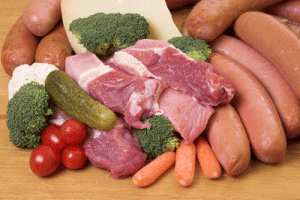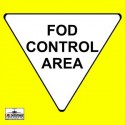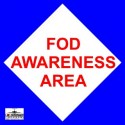 Foreign Objects in food constitute one of the most serious causes of consumer complaints and can result in substantial losses and brand damage to companies associated with the incidents. While some of these complaints are justified and the objects behind them can be considered as true foreign bodies, others may be due to poorly mixed or misprocessed product. Additionally, it is common for the foreign body to have been introduced into the product by the customers themselves, either accidentally, through home contamination or, more concerningly, as a result of malicious contamination, whether by the complainant or by someone involved in food manufacture or distribution. Nevertheless, when complaints are received, it is important to be able to identify the nature and origin of the object both quickly and cost-effectively, so that an appropriate response can be made. This is particularly so in the age of social networking, where complainants can readily publicize their dissatisfaction.
Foreign Objects in food constitute one of the most serious causes of consumer complaints and can result in substantial losses and brand damage to companies associated with the incidents. While some of these complaints are justified and the objects behind them can be considered as true foreign bodies, others may be due to poorly mixed or misprocessed product. Additionally, it is common for the foreign body to have been introduced into the product by the customers themselves, either accidentally, through home contamination or, more concerningly, as a result of malicious contamination, whether by the complainant or by someone involved in food manufacture or distribution. Nevertheless, when complaints are received, it is important to be able to identify the nature and origin of the object both quickly and cost-effectively, so that an appropriate response can be made. This is particularly so in the age of social networking, where complainants can readily publicize their dissatisfaction.
Quality assurance investigators charged with the identification of foreign bodies reported from food products will have to use a wide range of techniques in this work. Many of these techniques are classical microscopy and microanalytical methods borrowed from different sciences. A lot of these methods are quite basic and require a minimum of equipment beyond good-quality light microscopes. However, where the number of samples being investigated can justify the investment, there are some more sophisticated techniques that can be employed to great effect.



